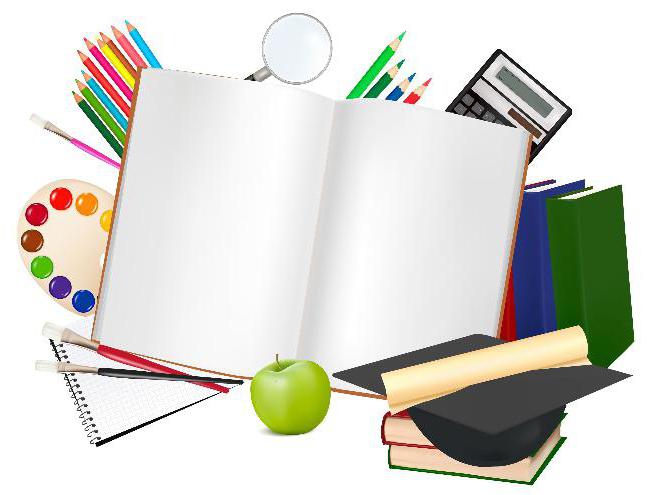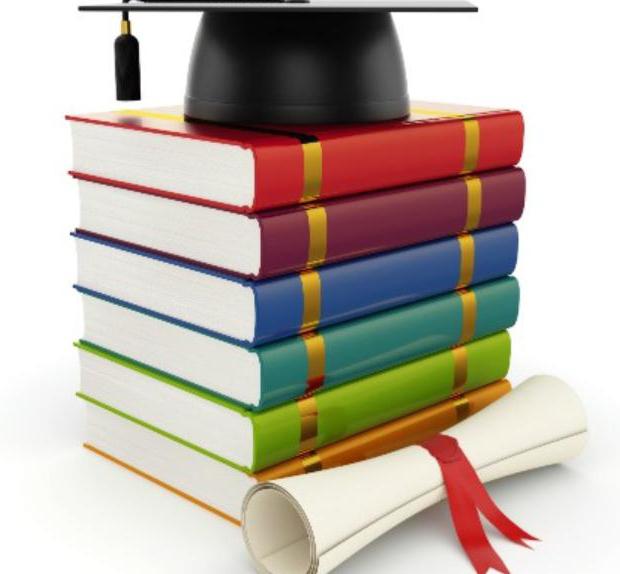Education in Russia plays a decisive role in the process of personality formation. Its main goal is the education and training of the younger generation, their acquisition of knowledge, skills, competencies and the necessary experience. Various types of education in Russia are aimed at the professional, moral, intellectual and physical development of children, adolescents, boys and girls. Consider this in more detail.
Law "On Education in the Russian Federation"
According to this document, the educational process is a continuous, sequentially connected system. Such content implies the presence of certain levels. In the law they are called "types of education in Russia."

Each level has specific goals and objectives, content and methods of influence.
Types of education in Russia
According to the law, two large levels are distinguished.
The first is general education. It includes preschool and school sublevels. The latter, in turn, is divided into primary, basic and complete (secondary) education.
The second level is vocational education. It includes secondary, higher (bachelor's, specialty and master's) and training of highly qualified personnel.
Let us dwell on each of these levels in more detail.
About the system of preschool education in Russia
This level is intended for children under seven years of age. The basic goal is the general development, training and education of preschoolers. In addition, it implies the exercise of control and care for them. In Russia, these functions are performed by specialized institutions of preschool education.

These are nurseries, kindergartens, early development centers or homes.
On the system of secondary education in the Russian Federation
As noted above, it consists of several sublevels:
- The initial one lasts four years. The main goal is to give the child a system of necessary knowledge in basic subjects.
- Basic education lasts from fifth to ninth grades. It suggests that the development of the child should be carried out in the main scientific areas. As a result, secondary schools must prepare adolescents for the GIA in certain subjects.

These levels of education at school are compulsory for children in accordance with their age. After the ninth grade, the child has the right to leave school and study further by choosing special secondary schools. In this case, it is the guardians or parents who are legally assigned the responsibility to ensure that the process of obtaining knowledge is continued and not interrupted.
Full education implies that the student is in the tenth to eleventh grades for two years. The main purpose of this stage is to prepare graduates for the exam and further education at the university. Reality shows that during this period often resort to the services of tutors, since one school is not enough.
Read more about secondary vocational and higher education in our country
Secondary vocational schools are divided into colleges and technical schools (state and non-state). They prepare students in the chosen specialties in two-three, and sometimes four years. In most spuzes, a teenager can enter after the ninth grade. The exception is medical colleges. They are accepted in the presence of a complete general education.
It is possible to enter any higher education institution of Russia according to the bachelor's program only after the eleventh grade. In the future, if desired, the student will continue his studies in the magistracy.
Some universities currently offer a specialty, not a bachelor's degree. However, in accordance with the Bologna system, higher professional education in this system will not exist soon.

The next step is the training of highly qualified personnel. This is graduate school (or postgraduate study) and residency. In addition, specialists with higher professional education can undergo an internship-assisting program. It is about training pedagogical and creative figures of the highest qualification.
Distance education
This system is a new, specific form of training, which differs from traditional ones. Distance education is distinguished by other goals, objectives, content, means, methods and forms of interaction. The prevailing use of computer technology, telecommunications, case technology and so on.

In this regard, the most common types of such training are as follows:
- The first is based on interactive television. During its implementation, there is a direct visual contact with the audience, which is located at a distance from the teacher. Currently, this species is underdeveloped and very expensive. However, it is necessary when unique techniques, laboratory experiments and new knowledge in a particular area are demonstrated.
- The second type of distance learning relies on computer telecommunication networks (regional, global) with various didactic capabilities (text files, multimedia technologies, video conferencing, e-mail, etc.). This is a common and inexpensive form of distance learning.
- The third combines a compact disc (basic electronic textbook) and a global network. Due to the great didactic opportunities, this type is optimal both for high school and school education, and for advanced training. A CD has a lot of advantages: multimedia, interactivity, the presence of a large amount of information with minimal financial loss.
Inclusive education
The Law "On Education in the Russian Federation" as one of the priority tasks highlights the creation of favorable conditions for the training of persons with disabilities. Moreover, this is reflected not only in form, but also in content.

In the law, this system is called "inclusive education." Its implementation implies the absence of any discrimination against children with special needs, the equal treatment of everyone and the availability of education.
Inclusive education is implemented in all educational institutions of Russia. The main goal is to create a barrier-free environment in the learning process and provide vocational training for people with disabilities. For its implementation, it is necessary to perform certain tasks:
- technically equip educational institutions;
- to develop special training courses for educators;
- to create methodological developments for other students, aimed at the process of developing relationships with people with disabilities;
- develop programs that aim to facilitate the adaptation of persons with disabilities to educational institutions.
This work has only been developed. Over the next few years, the goal and identified tasks should be fully implemented.
Conclusion
At the moment, the types of education in Russia are clearly distinguished, the functions and content of each level are disclosed. However, despite this, the reconstruction and reform of the entire education system continues.






